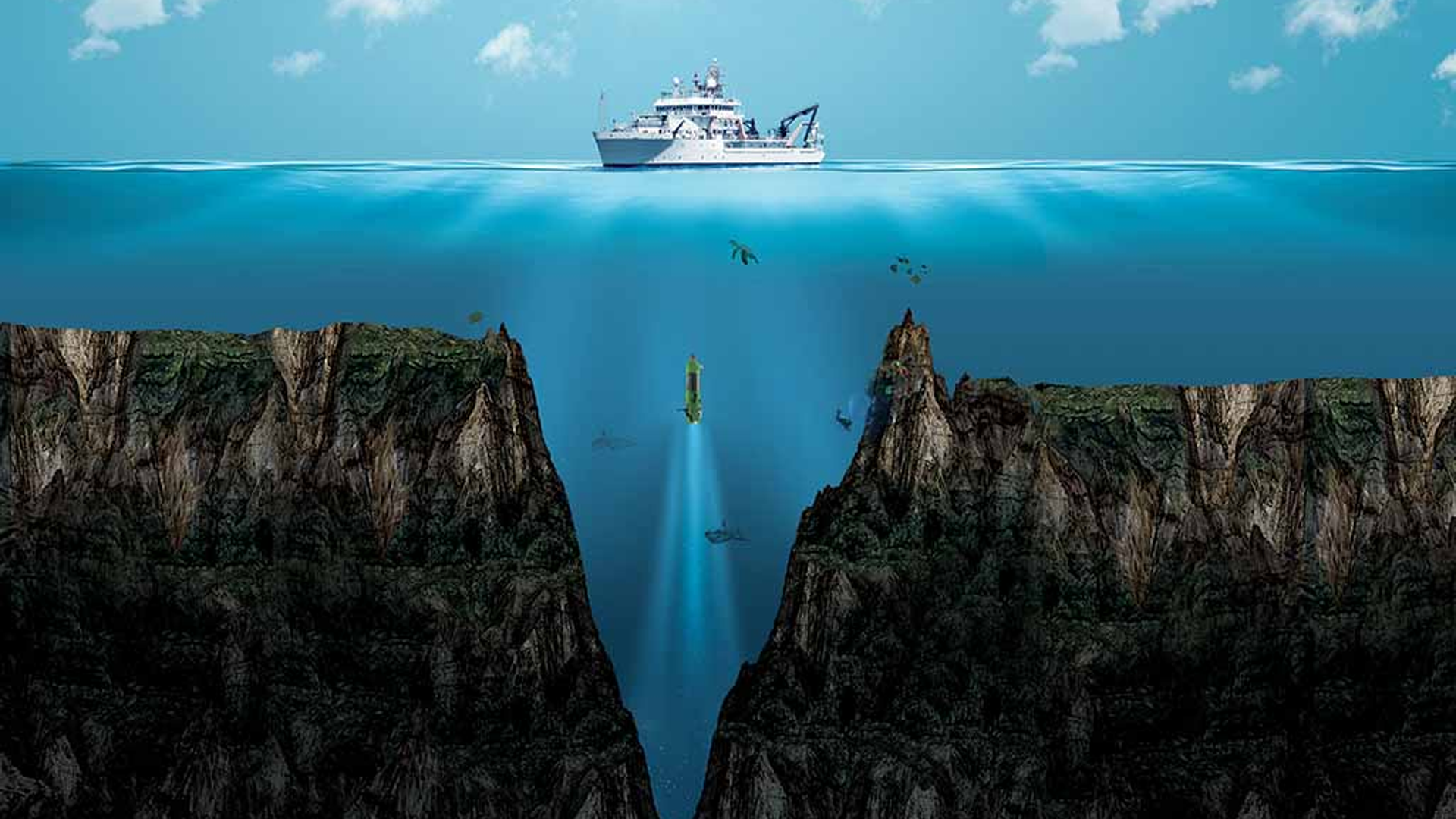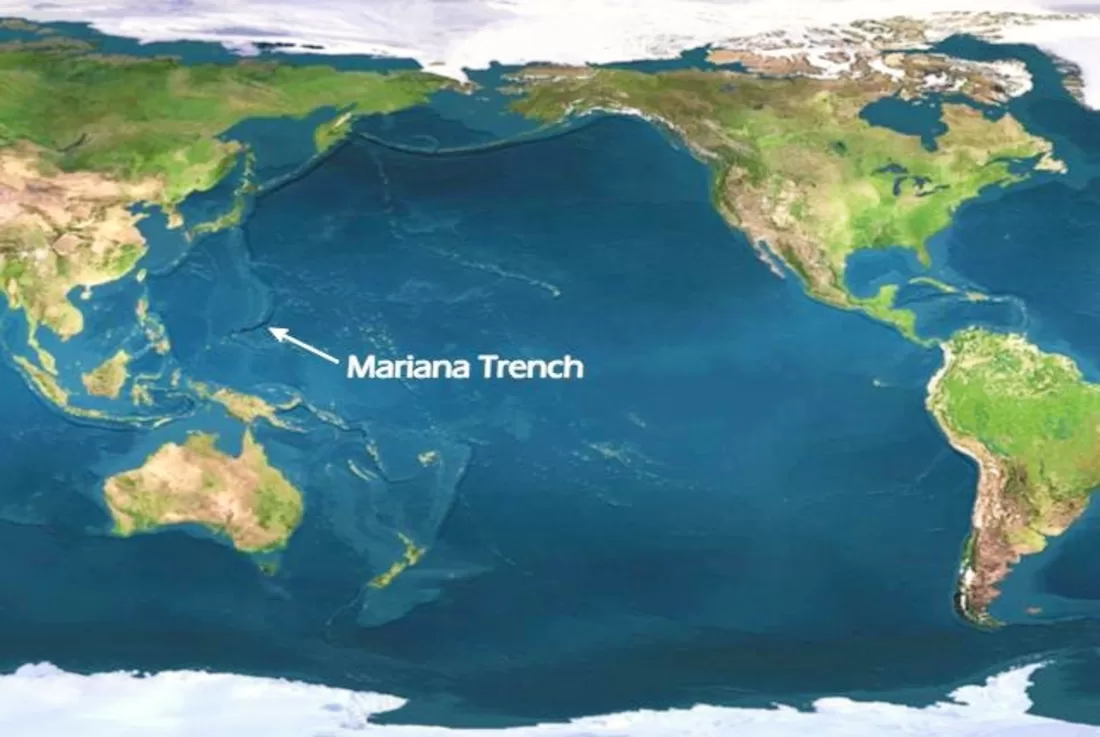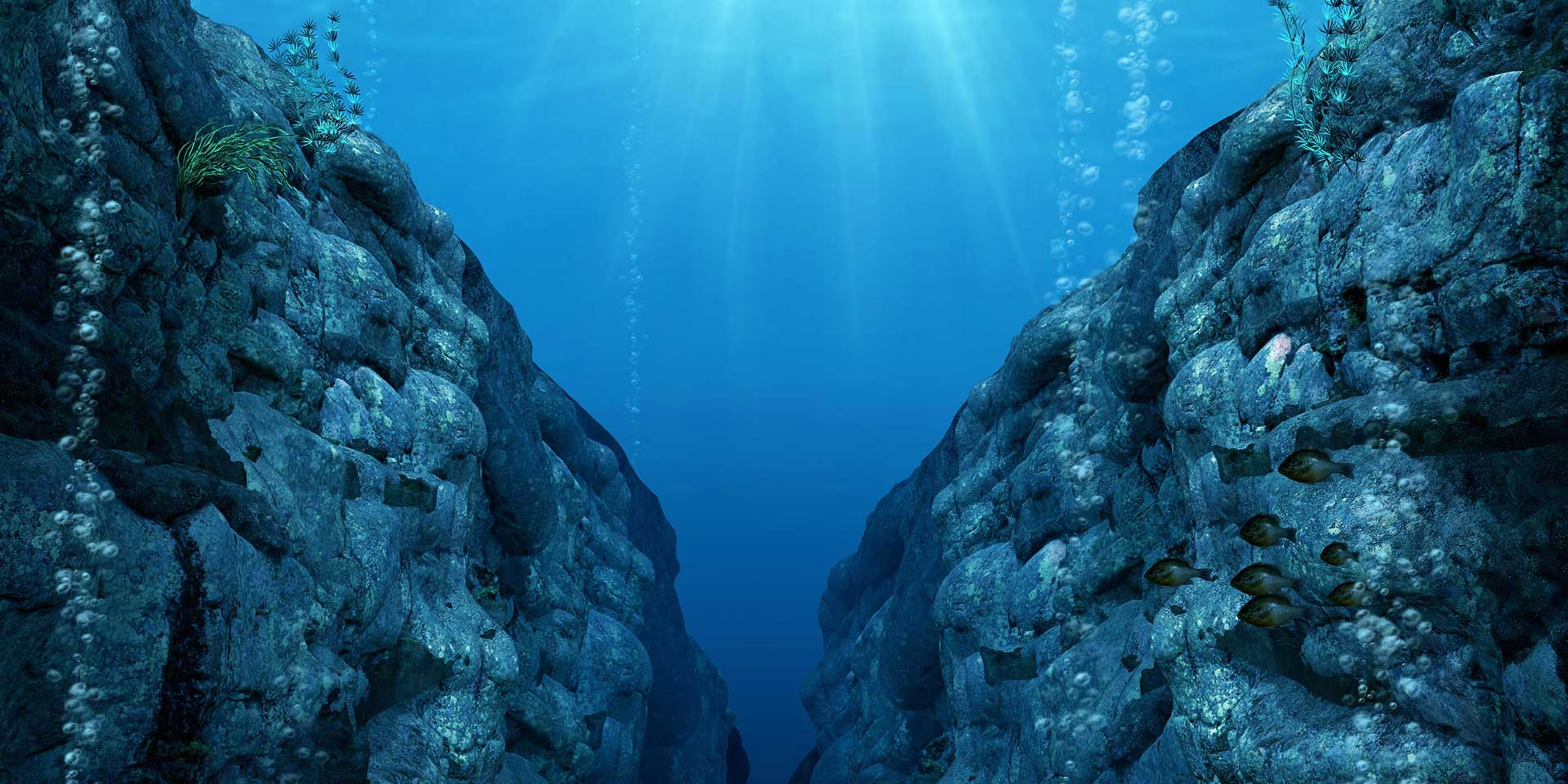Mariana Trench: Into Earth’s Deepest Classroom

Meet the Mariana Trench—the deepest place on Earth—and the creatures, science, and protections that make it extraordinary.
The Dive
Imagine plunging into the Pacific Ocean and not stopping for seven miles. That’s what it would take to reach the bottom of the Mariana Trench—the deepest known place on Earth. It’s shaped like a giant crescent scar in the ocean floor, carved by one tectonic plate sliding beneath another. At its deepest point, the Challenger Deep, it drops roughly 36,000 feet below the surface—deeper than Mount Everest is tall!
The trench was discovered in 1875 when scientists aboard the HMS Challenger lowered a rope that seemed to fall forever before finally hitting bottom. Since then, only a few explorers have made the epic descent. In 1960, Jacques Piccard and Don Walsh reached the bottom in a sub called the Trieste. In 2012, filmmaker James Cameron dove solo to film what no one had seen before. And in 2019, explorer Victor Vescovo broke records with a reusable submersible built to handle the crushing pressure.
The ocean isn’t one endless blue—it’s layered like a giant water sandwich. The top Sunlight Zone is full of life and color. Below it, light begins to fade in the Twilight Zone. Go deeper, and you reach the Midnight Zone—pitch black and icy cold. Past that lies the Abyss, and then the Hadal Zone, where only the world’s toughest organisms survive. The Mariana Trench lives down here, in the Hadal depths, where pressure is over 1,000 times greater than at the surface!
So, who dares to live in this extreme world? Believe it or not, life thrives here! Giant amoeba-like xenophyophores, ghostly sea cucumbers, and shrimplike amphipods float through the darkness. The Mariana snailfish, a tiny, pink, jellylike creature, rules these depths—living deeper than any other fish ever discovered. These animals have adapted to total darkness, freezing temperatures, and bone-crushing pressure.
Here, sunlight can’t reach, so life finds another way. Some microbes live near undersea volcanoes and get their energy from chemicals like methane and sulfur instead of sunlight. These chemosynthetic organisms form the base of a food web that includes creatures we’ve barely begun to understand. It’s one of the few places on Earth where sun-powered and chemical-powered life exist side by side.
The trench is also home to some of Earth’s strangest natural wonders: volcanoes that spit liquid carbon dioxide, vents that ooze molten sulfur, and fields of glowing microbes that look straight out of a science fiction movie. Studying them helps scientists understand how life might survive on other worlds—like the icy oceans of Jupiter’s moon Europa.
Because it’s so special, the United States protected this region in 2009 as the Marianas Trench Marine National Monument. That means no mining, drilling, or fishing without a special permit. It’s a scientific treasure chest—an untouched ecosystem where researchers can study how life adapts to the most extreme conditions imaginable.
But even this hidden world isn’t safe from us. Scientists have found plastic, chemicals, and even old pollutants in trench creatures’ bodies—proof that our actions on land reach the deepest corners of the planet. The lesson? Caring for the ocean means caring for the whole Earth.
The Mariana Trench reminds us that our planet is full of mysteries waiting to be explored. It’s a story of curiosity, courage, and responsibility—a place that challenges us to protect what we don’t yet fully understand.
Why It Matters
Exploring the Mariana Trench isn’t just about depth—it’s about discovery, curiosity, and responsibility. The trench teaches us how life adapts to the harshest conditions on Earth and reminds us that even the most remote places are connected to our actions. By protecting this mysterious ecosystem, we also protect the planet’s ability to teach us, inspire us, and sustain us for generations to come.
?
Why do you think scientists are so fascinated by exploring the deepest parts of the ocean?
What can the extreme life forms in the Mariana Trench teach us about survival and adaptation?
How does human pollution reach a place so far below the surface?
Why is it important to protect deep ocean environments even if we never visit them?
How might studying the Mariana Trench help us understand other planets or moons in space?
Dig Deeper
A kid-friendly tour of the trench and the tough creatures that live there.
Follow a descent past major milestones to the bottom of Challenger Deep.
How explorers reached Earth’s deepest seafloor.
A mystery-packed look at hadal life and adaptations.
Related

Climate Change and Its Impact on the Future
Climate change is reshaping our planet. From rising temperatures to more extreme weather events, what can we do to mitigate its effects and create a sustainable future?
Reading the Sky: How We Measure Weather and Why It Matters
Weather isn’t just a conversation starter, it’s data, science, and survival. Tracking the atmosphere gives us clues to the future, insight into climate, and the power to make informed decisions.

Aerodynamics and the Forces of Flight
Weight, lift, thrust, and drag—these are the invisible forces every pilot and engineer must master to conquer the sky. From paper airplanes to rocket launches, aerodynamics is the science behind every flight.
Further Reading
Stay curious!

